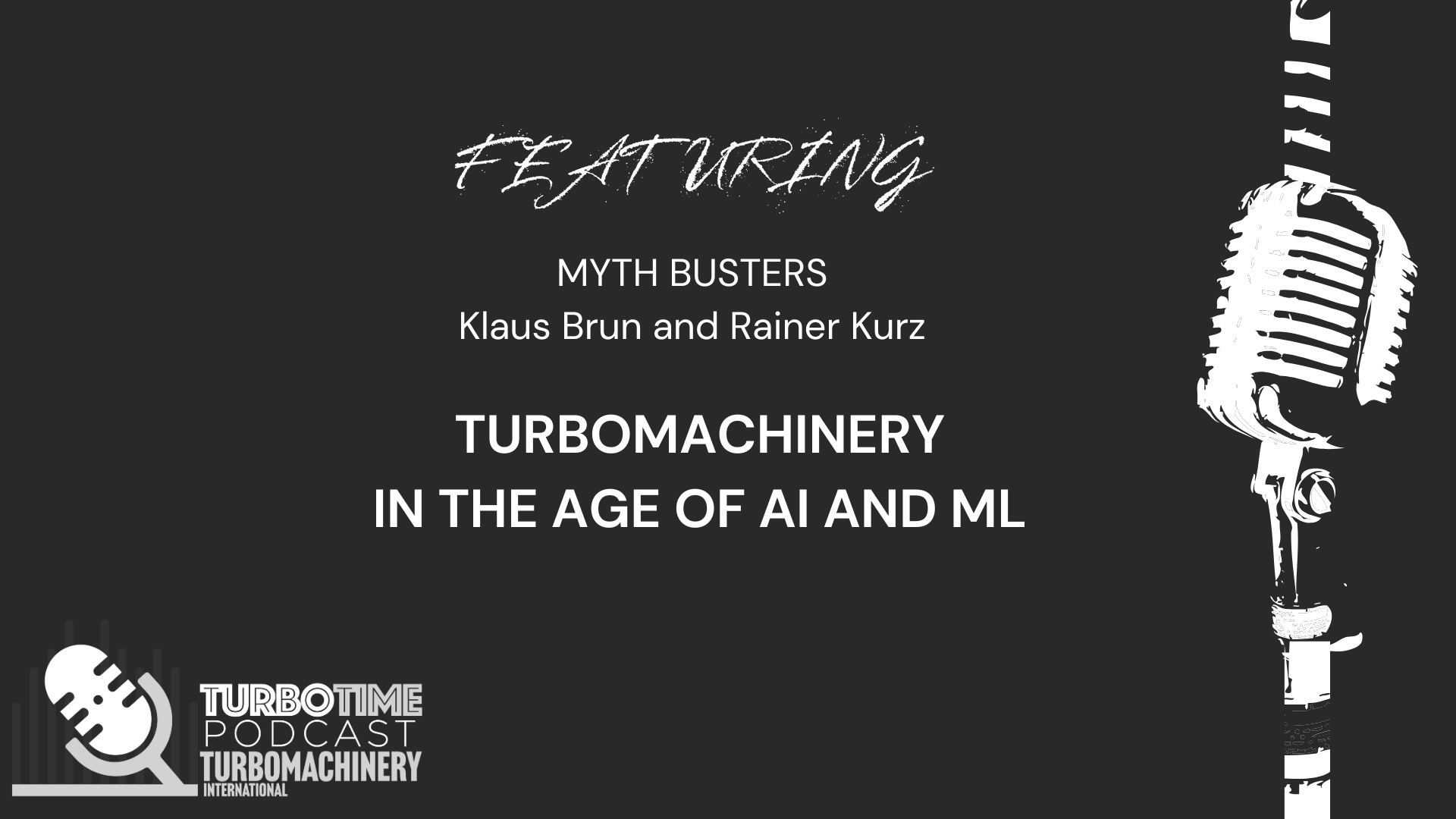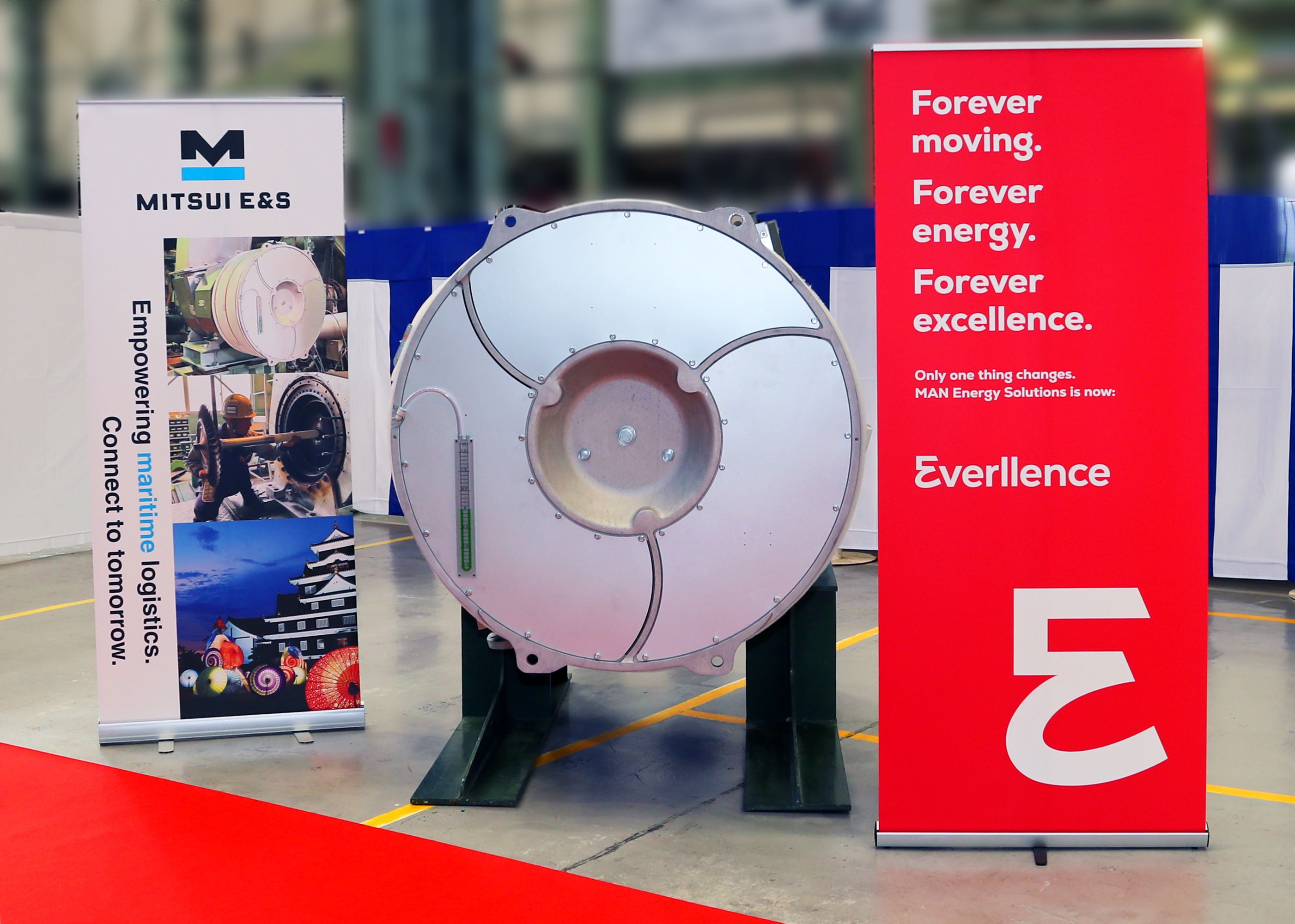News
Article
SwRI's STEP Demo Project Advances sCO2 Turbine Technology
Author(s):
Jeff Moore of SwRI highlights the successful testing of a 10 MWe sCO2 turbine in simple-cycle configuration, initially achieving over 8 MW of gross shaft power and 4 MWe net electric output when synchronized to the grid.
At Turbo Expo 2025, Jeff Moore, Ph.D., Institute Engineer in the Machinery Department at the Southwest Research Institute (SwRI), and co-authors John Klaerner and Jonathan Wade at SwRI, along with Jason Mortzheim and Sylvain Pierre from GE Vernova Advanced Research, presented the paper STEP 10 MWe sCO2 Turbine Simple Cycle Testing. The technical session provided mechanical and performance test results for the 10 MWe sCO2turbine, which was developed and tested for the Supercritical Transformational Electric Power (STEP) demo pilot plant, a sCO2 test facility located at SwRI in San Antonio, Texas.
The $169 million STEP Demo project, sponsored by the U.S. Department of Energy, is being conducted in partnership with project prime contractor GTI Energy, SwRI, and GE Vernova Advanced Research. The project is designed to demonstrate mechanical qualification and sCO2 cycle efficiency in both the simple recuperated and recompression Brayton cycle (RCBC) configurations. The plant was assembled and commissioned for simple-cycle operation in late 2024.
Initial testing in the simple-cycle configuration was performed with turbine inlet temperatures up to 500°C. Testing showed the turbine provided over 8 MW of gross shaft power. Synchronization to the grid permitted almost 4 MWe of net electric power output of the plant, achieving the goals for the simple-cycle configuration.
Moore offered further insights into mechanical test data, including radial vibration and bearing temperatures, and the operating conditions of the test loop.
TURBO: Can you elaborate on the specific material science and aerodynamic considerations that went into designing the turbine to reliably handle these sCO2 conditions at such power levels?
Moore: The sCO2 power cycle thrives at high temperatures, so we had to use the latest available technology and materials, including advanced nickel alloys. We learned how to work with these alloys, including piping, turbine components, blading, and manufacturing processes. We really pushed the envelope in our approach.
For example, we used 740H, one of the highest ASME code-rated piping materials available. Unfortunately, the supply chain for this material is not as mature as for others, so many components had to be manufactured in a single run, such as if you need an elbow, you have to bend a piece of pipe to make it. These factors added to the challenge with supply-chain logistics.
TURBO: From the mechanical test data on vibration and bearing temperatures, what critical insights were gained regarding turbine stability and longevity, and how do these inform future designs?
Moore: We published a paper at the ASME Turbo Expo showing some of the mechanical performance data, including vibration, bearing temperature, thrust balance, and we're pleased with how the turbine behaved. Vibration levels were low, no special balancing was needed, and bearing temperatures stayed within specifications. This success will inform future designs.
TURBO: As you transition to the RCBC configuration, what are the primary technical challenges and opportunities for the turbine's performance and integration with the added components?
Moore: As detailed in our paper, we've achieved simple-cycle conditions at 500°C. The RCBC involves adding an extra compressor, called the bypass compressor, and an additional heat exchanger for process recuperation. These components are being piped in now. We need to install additional instrumentation and electrical wiring. Our goal is to be operational and testing these components by fall 2025. One challenge is increasing the turbine inlet temperature from 500°C to 715°C, which introduces new thermal management issues, particularly managing the overall system to address creep and low-cycle fatigue. However, we're leveraging all the experience gained from our simple cycle testing, so we expect it to go well.
TURBO: Considering the 4 MWe net output in simple cycle, what were the major parasitic losses observed, and how will these be addressed to reach the 10 MWe net and 50% efficiency goals in RCBC?
Moore: Our paper discusses parasitic losses, which are present in every turbomachinery train. Ours include losses in bearings, gearboxes, and electrical components. sCO2, being a high-density fluid, results in slightly higher parasitic losses due to windage inside equipment and in dry gas seals, for example. We're working to quantify these losses. The good news is, these losses won't increase as we scale up temperature and power output; most parasitic losses will remain fixed, making their percentage of total net power smaller.
TURBO: Beyond this project, how do you see the successful demonstration of this sCO2 turbine influencing broader turbomachinery applications, especially for power generation or waste heat recovery?
Moore: No one wants to be the first to demonstrate new technology, which is why the U.S. Department of Energy has invested in this project. We believe this is a critical step for the industry—to develop a functional demonstration plant that can prove we can build it, procure hardware, establish supply chains, and test performance and reliability. With this, we expect the industry to follow quickly, recognizing the benefits of sCO2 power cycles.
TURBO: Beyond the technical performance, how do you foresee the demonstrated success of the STEP Demo project influencing investment and development trends in the U.S. turbomachinery industry, especially as policy continues to emphasize clean energy, grid stability, and potentially carbon capture, utilization, and storage integration?
Moore: The STEP demonstration project has significantly reduced risks related to individual components and overall plant operation, covering steady state, startup, shutdowns, trips, and emergency shutdowns. The knowledge gained from the STEP demonstration project can be applied in future projects. Additionally, it's intended to serve as a resource for others in the industry to test their components, control algorithms, and turbomachinery under real operating conditions, leveraging the large investment made.
Newsletter
Power your knowledge with the latest in turbine technology, engineering advances, and energy solutions—subscribe to Turbomachinery International today.





